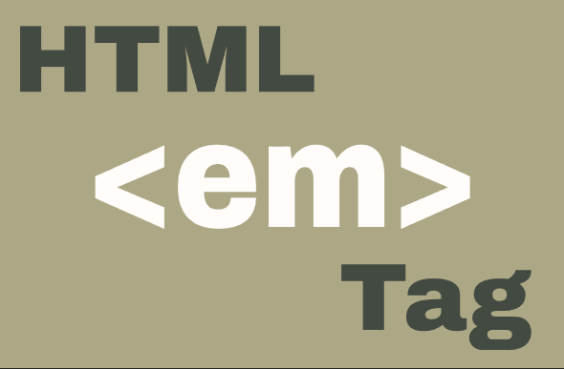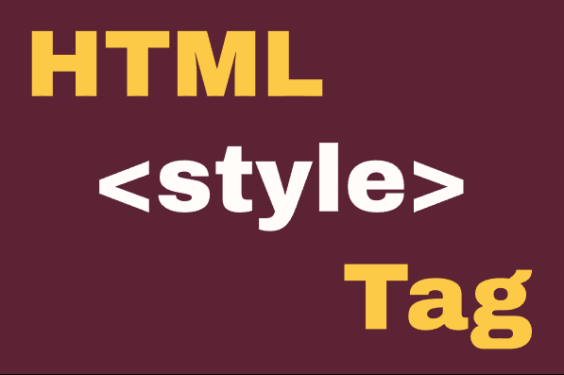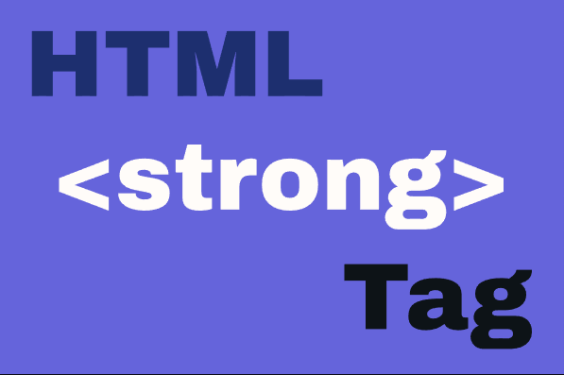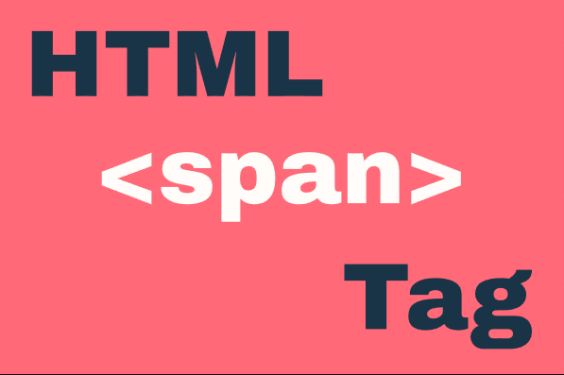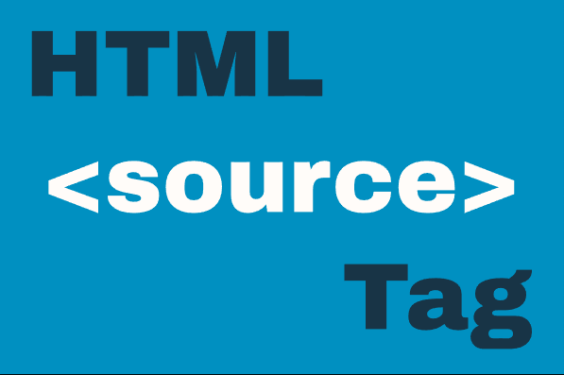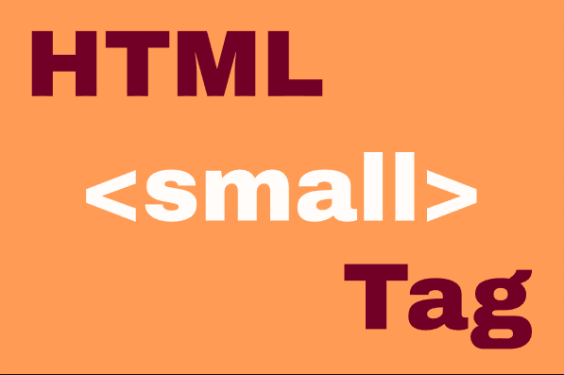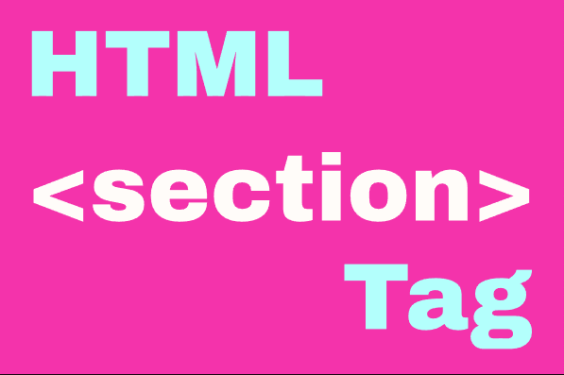HTML <em> Element
Publish in HTML Tutorial el 23/05/2025 22:58
The <em> Element: Emphasizing Text in HTML
The <em> element is used to define emphasized text in HTML. By default, browsers typically render this as italic text, but it's important to understand that emphasis is semantic, while italics are purely presentational.
When you use <em>, you're telling browsers and assistive technologies that this text should be stressed or emphasized when read aloud. Screen readers will often change their tone or inflection for content wrapped in <em> tags.
Basic Syntax
Rendered result: This text will be emphasized
When to Use <em>
- To indicate verbal stress in speech
- To highlight important words in a sentence
- When you want semantic emphasis rather than just visual styling
Examples of <em> in Action
Example 1: Basic Emphasis
This example shows simple text emphasis in a sentence.
Example 2: Multiple Emphasis Points
Showing how to emphasize multiple parts of a sentence.
Example 3: Nested with Other Elements
Demonstrating how <em> can be nested within other elements.
Example 4: JavaScript Dynamic Emphasis
Using JavaScript to toggle emphasis on user interaction.
Example 5: JavaScript Emphasis Based on Time
Automatically emphasizing text based on the time of day.
Tips and Tricks
- Don't overuse: Too much emphasized text loses its impact and can make content harder to read.
- CSS styling: You can customize how emphasized text appears using CSS:
em { font-style: italic; color: #d32f2f; } - Accessibility: Screen readers will interpret
<em>differently from<i>, so choose the right one for your needs. - Nesting: You can nest
<em>elements for stronger emphasis, though this is rarely needed. - SEO: While search engines understand semantic markup, don't expect
<em>to significantly impact rankings.
Difference Between <em> and <i>
While both elements typically render as italic text, they serve different purposes:
| Element | Purpose | Semantic Meaning |
|---|---|---|
<em> |
Textual emphasis | Changes the meaning of the sentence |
<i> |
Alternative voice or mood | No semantic emphasis (e.g., technical terms, thoughts) |
Remember: <em> is for content that needs emphasis, while <i> is for content that should be set apart stylistically without semantic importance.
